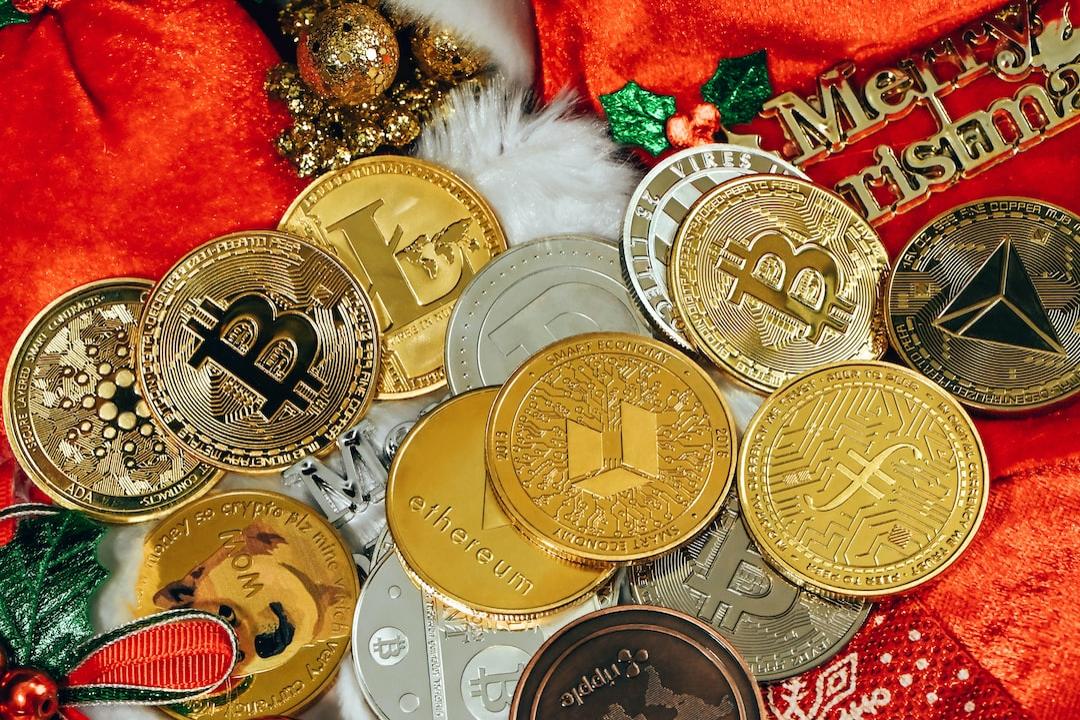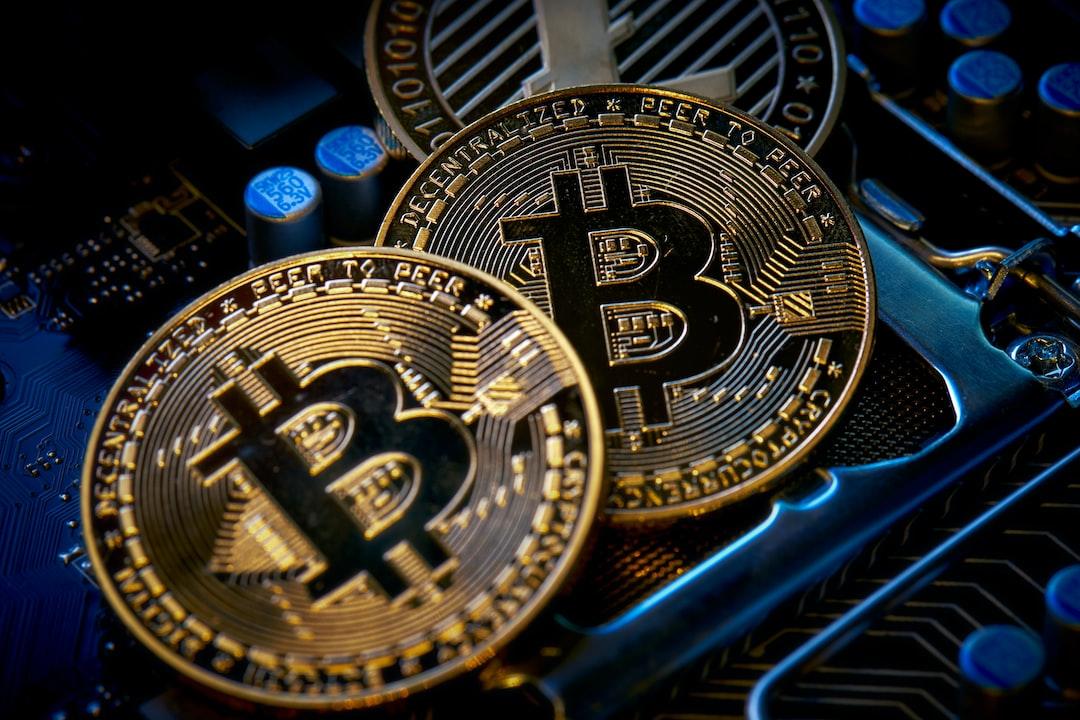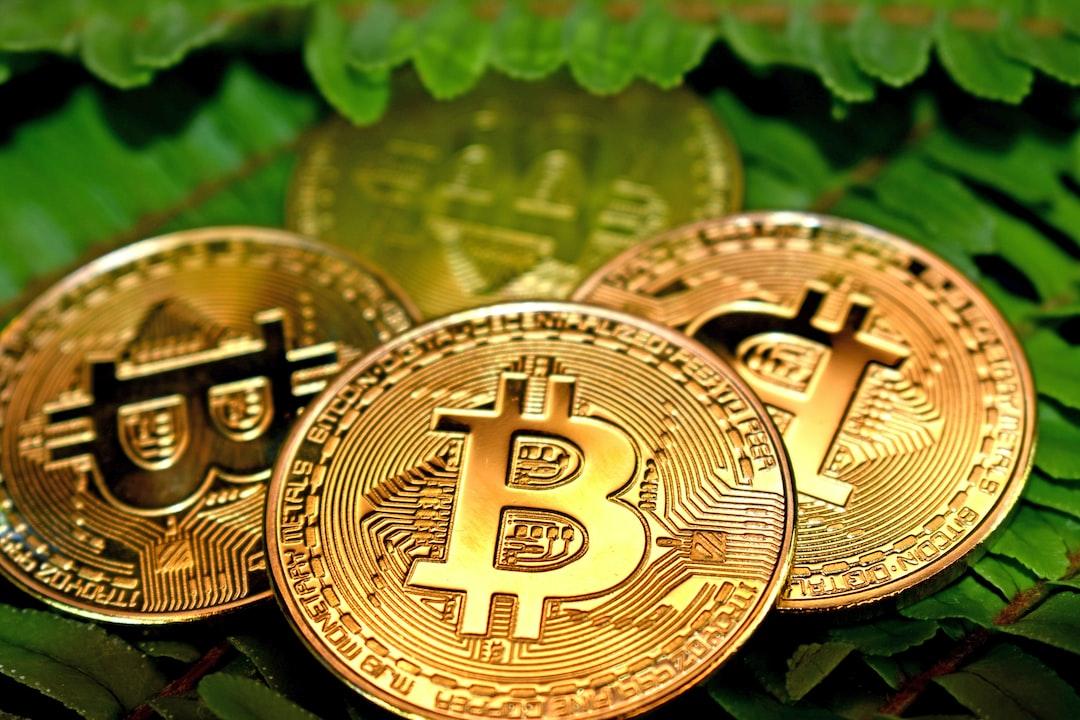This article analyzes the current state of liquidity pools on major cryptocurrency chains and questions the claim that Solana’s trading volume surpasses that of Ethereum and other EVM chains. This article is derived from a piece by jpn memelord and has been organized and compiled by 深潮 TechFlow.
(Background:
Ethereum loyalist OG has fired back: Five reasons why Solana is unlikely to become a mainstream global blockchain.)
(Background Supplement:
Where does Solana Foundation’s Lily Liu’s discontent stem from? “a16z has a bias against EVM!”)
Recently, there has been much discussion about Solana surpassing all EVM chains in trading volume. I decided to delve into the quality of liquidity pools on top blockchains to determine whether this is a fleeting trend or a genuine disruption to existing chains. I invite you to explore this topic with me.
The methodology for this analysis draws on the standards for inclusion in major stock indices. The three main criteria are:
– Established trading history
– High liquidity
– Continuous trading volume
These criteria also have analogous applications in liquidity pools.
Methodology Overview
The following summary of the methodology is for reference only. For complete detailed information, please refer to the methodology document in SP Global.
Scope:
All component stocks must be U.S. companies.
Market Capitalization Qualification:
To be included, a company must have an unadjusted market capitalization of at least $14.5 billion, with its float-adjusted market capitalization reaching at least 50% of the unadjusted minimum market capitalization threshold.
Public Float:
The company must have an investable weight factor (IWF) of at least 0.10.
Financial Viability:
The company must have positive earnings in the most recent quarter as well as in the sum of the last four quarters.
Adequate Liquidity and Reasonable Price: Using composite pricing and trading volume, the annual trading volume (defined as the average closing price multiplied by historical trading volume) relative to the float-adjusted market capitalization must be at least 0.75, and the monthly trading volume for the past six months prior to the evaluation date must be at least 250,000 shares.
Industry Representation:
Industry representation is measured by comparing the weight of each GICS® industry in the index with its weight in the S&P Total Market Index, considering company selection within the relevant market capitalization range.
Company Type:
All eligible U.S. common stocks listed on qualified U.S. exchanges are eligible for inclusion. Real Estate Investment Trusts (REITs) are also eligible for inclusion. Closed-end funds, ETFs, ADRs, ADSs, and certain other types of securities are not eligible for inclusion.

Are there stocks trading outside of major indices? The answer is yes. However, these stocks constitute the “blue-chip” stocks of the traditional financial world. Finding analogs in DeFi can help us evaluate targets that traditional finance may focus on when entering the DeFi space.
I collected trading volume data from all liquidity pools on Ethereum, Solana, BSC, @arbitrum, and @base, and compiled the total trading volume over the past 30 days. I then adjusted the weighting for pools established in the last 30 days to lower their rankings, thereby meeting the “established history” criterion. Finally, I weighted the trading volume and total locked value (TVL) of each pool to meet the other two criteria. The specific formula used was: Ln (TVL)/Ln (MAX (TVL)) * TVL_weight.
This scaling method has little effect on pools with high liquidity but reduces the ranking of pools with smaller TVLs. The following is the “new quality” top 20 rankings derived from this weighting method.
Notably, Ethereum, Solana, Arbitrum, and Base each have one representative pool in the top 4! These pools are the “major” pools trading their respective chain’s native tokens against USDC.

Another significant feature is that Ethereum remains dominant, occupying half of the top spots in this ranking. High TVL combined with continuous trading volume makes it stand out among all chains. I strongly suspect that this is also part of the reason why Blackrock has chosen to deploy on Ethereum.
Delving deeper, the top two pools are particularly noteworthy:
@AerodromeFi’s slipstream WETH-USDC pool has the highest trading volume, while the pool with the highest TVL is @Uniswap’s v3 WETH-USDC pool on Ethereum.
Dune data link:

On most blockchains, the major liquidity pools with a 0.05% fee are the top pools, but on the BNB chain, the 0.01% pools are the top pools, which is somewhat surprising. Additionally, USDC is used in more top pools than USDT, which was also unexpected.
How many pools are on each chain?
Ethereum: 10
Base: 5
Arbitrum: 2
BSC: 2
Solana: 1
In this analysis, all other Solana pools were excluded from the top ranks due to insufficient TVL. Despite having high trading volume, these trades occurred in liquidity that is significantly lower than other chains.
When not considering TVL, Solana has a substantial trading volume among the top 150 pools, but it does not come close to surpassing all EVM chains, not even surpassing Ethereum (though it is very close).

The top 20 assets traded across all pools include:
Stablecoins:
USDC, USDT, DAI, pyUSD
Major Cryptocurrencies:
ETH, BNB, SOL, cbBTC, WBTC, and wsETH
Others:
AERO
Surprisingly, AERO is the only token that is neither a stablecoin nor one of the top five cryptocurrencies by market cap.
TVL of the top 25 pools on each chain:
Ethereum: $1.04 billion
Base: $310 million
BNB: $194 million
Solana: $181 million
Arb: $155 million
Clearly, Ethereum remains the winner, but Base holds a leading position among other chains. Moreover, it is worth noting that four of Base’s five pools come from Aerodrome, showcasing their significant dominance on that chain, even though Uniswap is dominant on Arbitrum and Ethereum.
Conclusion
Most of Solana’s trading volume comes from liquidity pools that are less liquid, with a considerable portion stemming from Pump Fun. (Link) Ethereum still reigns supreme in DeFi, but Base is unexpectedly becoming a formidable challenger due to its pools with the highest trading volume.

This focus on attention economy is not a bad thing, but I believe that mature investors looking to delve into DeFi are more concerned with the ongoing economic activity from deep liquidity pools rather than which meme coin is trending this week or today.
There are many aspects of this analysis that can be further explored and refined:
– Automating the calculation of TVL metrics
– Not only focusing on TVL but also examining liquidity depth (capital efficiency of CL pools is very high)
– Considering the fee tier of pools
I will be releasing the second part of the analysis in the coming weeks.

?Related Reports?
Bitcoin sell orders surge, breaking resistance! But opportunities emerge: stablecoin inflows, DeFi liquidation volume…
DeFi father Andre Cronje criticizes “Layer 2 is useless”: just a waste of money doing repetitive things.
As the world enters a monetary easing cycle, can AAVE lead the DeFi revival?


